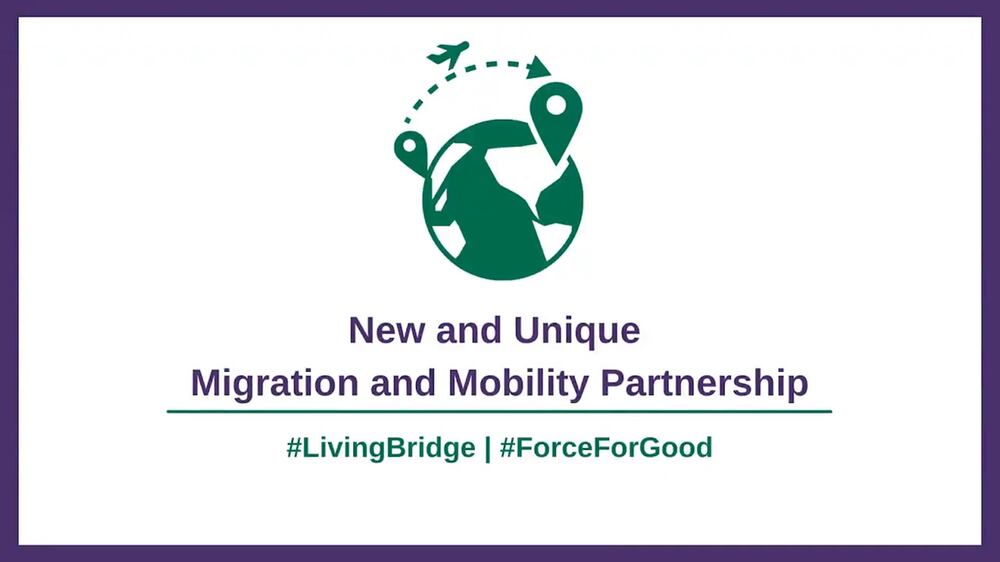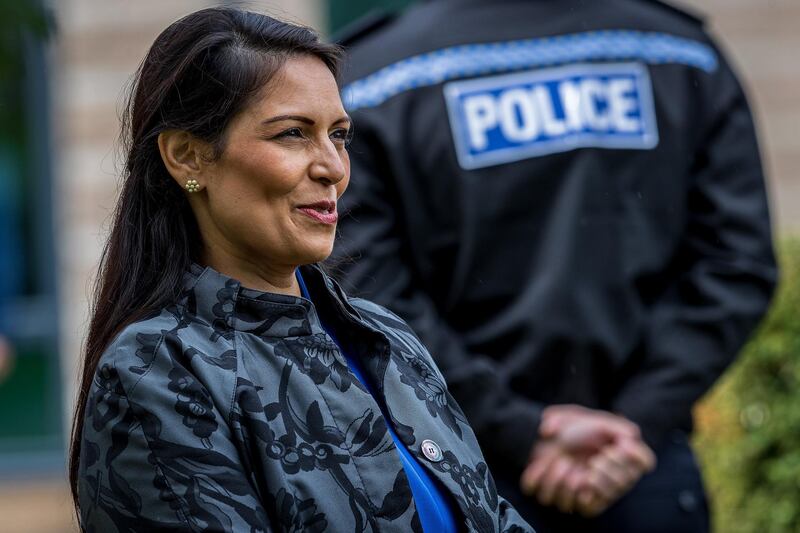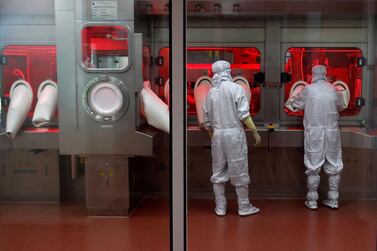The UK unveiled a new “young professionals scheme” with India on Tuesday that will allow under-30s from either country to live and work in the other for up to two years.
The "migration and mobility partnership" between the two countries is one of a series of announcements aimed at advancing the "Indo-Pacific tilt" Britain is seeking after Brexit.
UK Home Secretary Priti Patel, who is overseeing the introduction of Britain’s post-Brexit points-based immigration system, said the deal with India would “attract the best and brightest talent to the UK”.
The pact was also hailed by India’s Foreign Minister, Dr S Jaishankar, who said “the living bridge between India and the UK will get stronger as a result”.
Here is what the governments agreed on:
What does the deal offer to under-30s?
People aged 18 to 30 will be eligible to travel from the UK to India, and vice versa, to work for up to two years.
The scheme is “specifically designed to create opportunities for young professionals", a joint agreement said.
It will be open to 3,000 people moving in each direction a year, regardless of the economic situation in either country.
Applicants will need a degree, diploma or relevant professional experience, and “be able to express themselves in the language[s] of the host country”.
The work visa will expire after two years, and the UK and India agreed to take measures to ensure that people return home at the end of their trip.
But it may be possible to stay beyond two years if the person receives a further employment contract.
UK announces new visa deal for Indian under-30s

How does it compare to existing migration rules?
The UK already offers a similar arrangement to young people from certain countries, including Australia, Canada, Japan and New Zealand.
The so-called Youth Mobility Scheme visa is available to under-30s from the selected countries who have at least £2,530 ($3,510) in their bank account to show they can support themselves.
For the rest of the world, the UK's points-based system requires applicants to have a job offer and meet certain other salary and qualification thresholds.
But there is a separate scheme starting in July that will allow students who have completed a degree in the UK to work in Britain for another two years.
Meanwhile, UK workers seeking an employment visa in India must normally have a job offer in the country and a gross salary of more than £16,000 ($22,000) a year.
What are the recent migration trends between India and the UK?
Before the pandemic, the UK had what its high commissioner in New Delhi described as a “phenomenal increase” in students coming from India.
The number of Indian students in the UK doubled from 27,505 in the 2018-19 academic year to 55,465 in 2019-20.
Indian nationals also received 57,000 skilled work visas in Britain in 2019, accounting for more than half of those handed out globally.
And the number of tourist visas given to people from India was up by 8 per cent in 2019, with 515,000 people granted permission.
Meanwhile, about 940,000 British people typically visited India every year before the pandemic.
Immigration came to a near standstill with the onset of the pandemic, and India is on the UK’s “travel ban” list.
But the new migration deal is a sign that ministers hope to revive travel between the two countries when the virus crisis subsides.
What else was announced by the UK and India?
The migration deal also included a promise to tackle people smuggling and “immigration abuse” in both directions.
While promising to promote opportunities for students and skilled workers, the two governments also agreed to ensure that illegal migrants are deported back to their home countries.
The announcement came alongside a wider “2030 Roadmap” setting out closer relations between the two countries.
UK Prime Minister Boris Johnson and Indian leader Narendra Modi agreed to seek a free-trade agreement aimed at doubling the level of commerce between the two nations by 2031.
They also pledged to co-operate “in lockstep” on security issues and to increase co-operation on health and climate change.
In a symbol of the Indo-Pacific tilt, a UK carrier strike group led by HMS Queen Elizabeth set sail on Saturday for its maiden voyage to the region.








